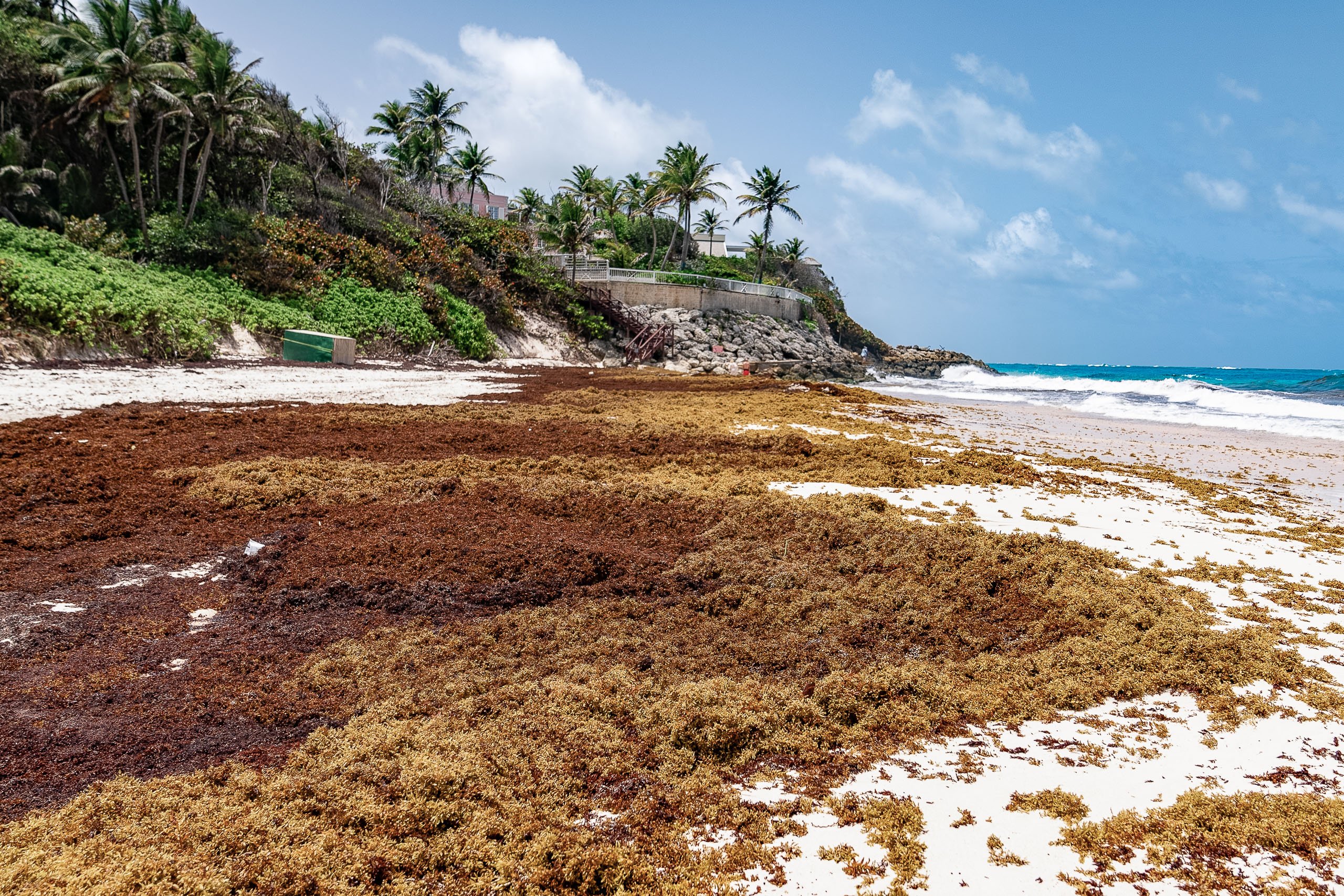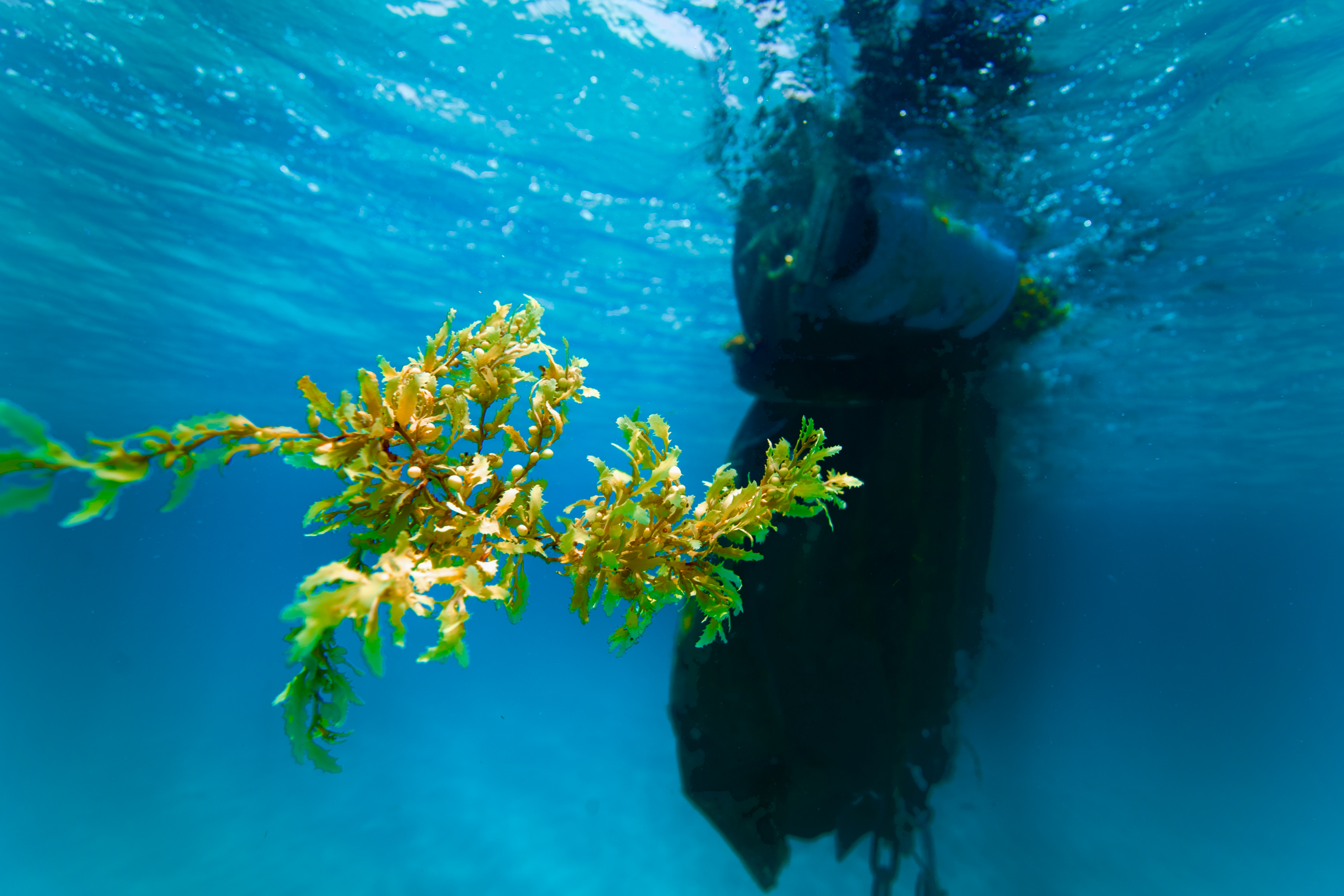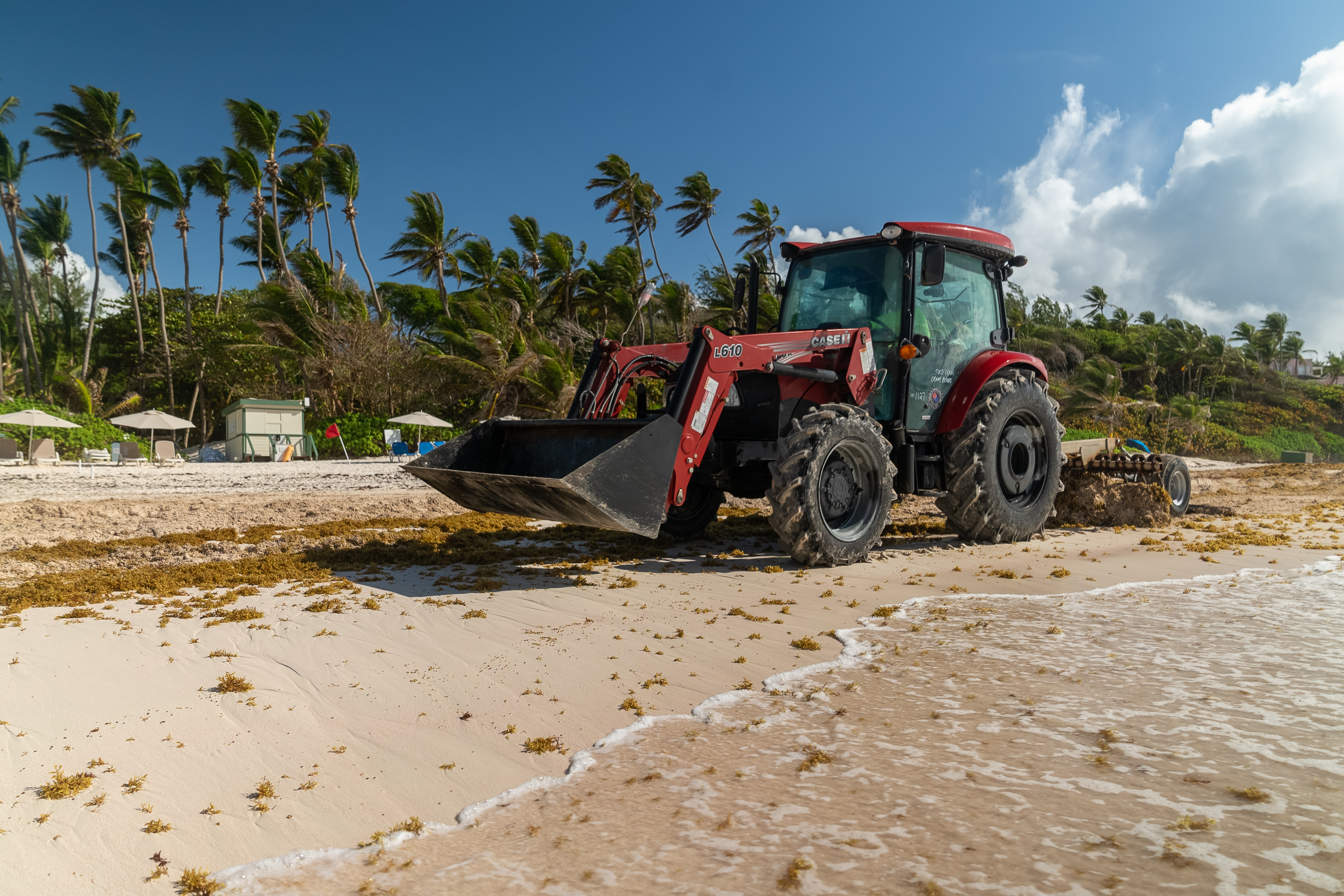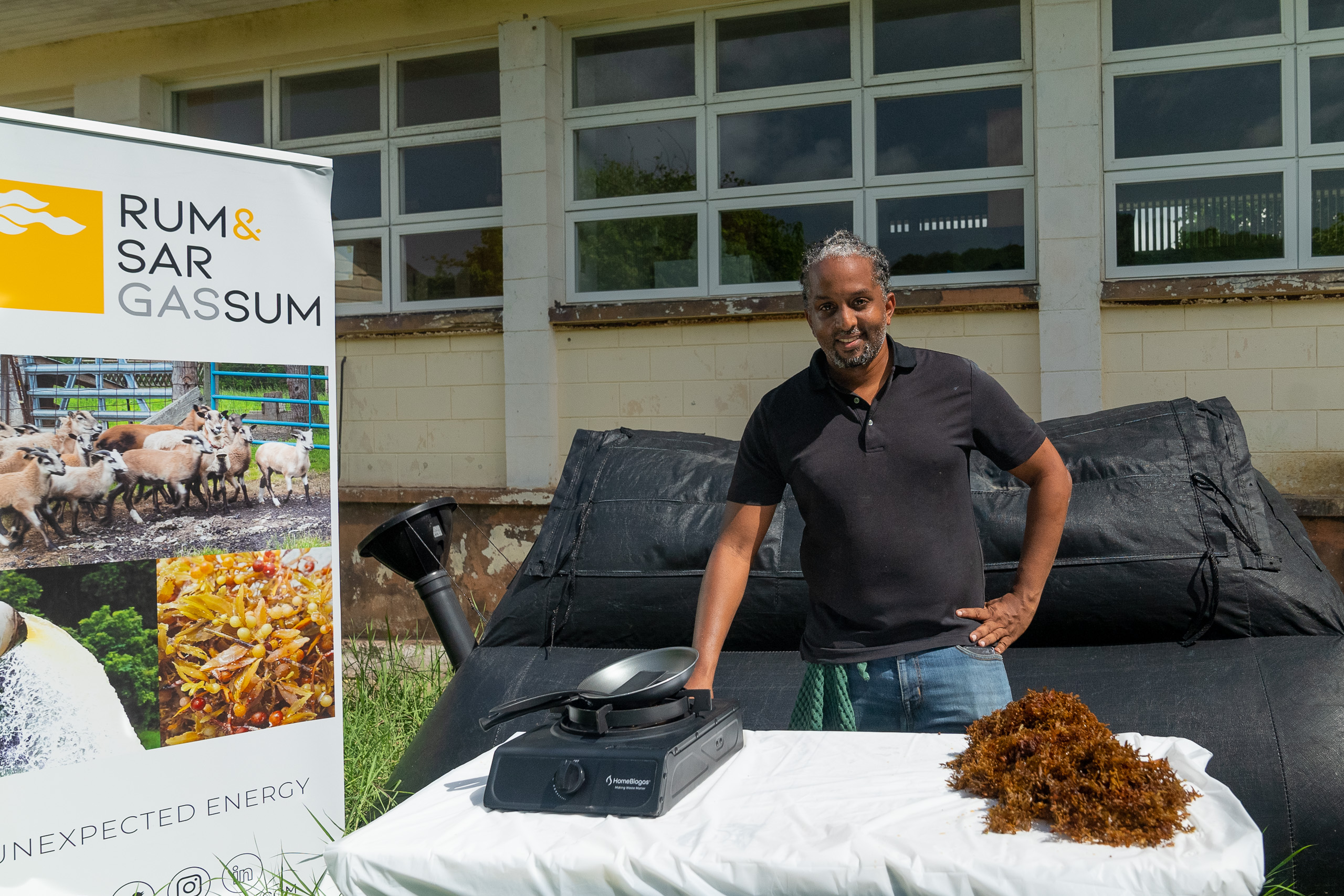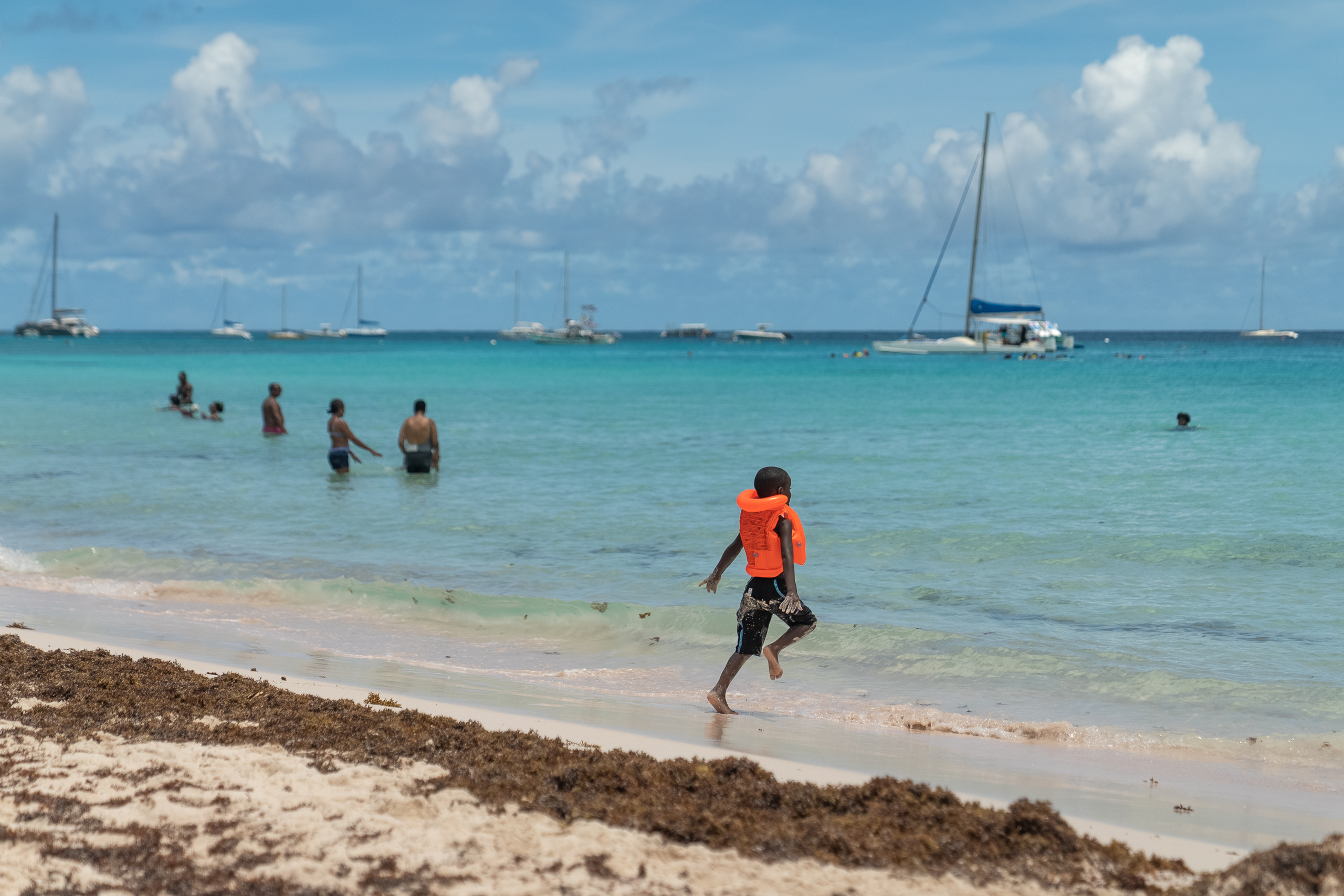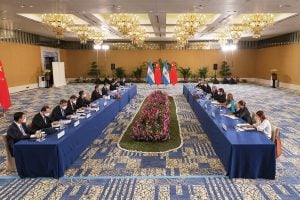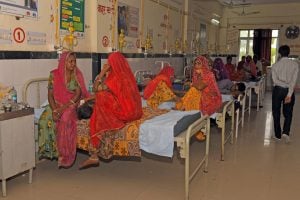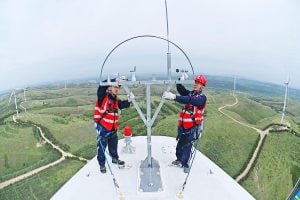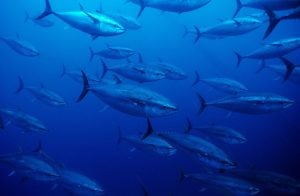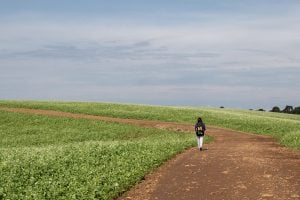Sargassum inundates Barbados in the summer, covering beaches, docks and coral reefs.
Emerging from the sea a light orange colour, the seaweed turns brown once it dries out. But the most distinctive thing is the smell. A smell of rotting eggs hangs in the air. The decomposing algae is producing toxic gases, including ammonia and hydrogen sulfide, both of which pose a threat to human health.
Portuguese navigators gave the Sargasso Sea its name in the 15th century. Now a new “Sargassum Sea” has emerged between West Africa and north-eastern Brazil. Dubbed the “Great Atlantic Sargassum Belt”, in 2011 the expanding zone reached Barbados in the Eastern Caribbean and has inundated the region between May and September ever since.
Scientists have suggested the root cause of the sargassum expansion is discharge of nutrients and pollutants from mighty rivers in the Amazon region and warmer seas driven by climate change. Researchers from the US National Oceanic and Atmospheric Administration (NOAA) hypothesise that it may be fuelled by an extremely strong and long-lasting shift in the North Atlantic Oscillation in 2010. This may have shifted and strengthened prevailing winds, so they now blow sargassum from its eponymous sea and towards the Caribbean.
The NAO concerns two recurring atmospheric pressure patterns above the north Atlantic Ocean. One is an area of low pressure near Iceland, the other of high pressure near the Azores islands.
When there is a big difference in pressure between these two areas – known as the NAO’s “positive phase” – it brings warmth to the Caribbean and eastern United States and the north of Europe, and lower temperatures to southern Europe. During an NAO “negative phase”, when the difference in pressure is smaller, the temperatures and corresponding weather conditions in these regions flip.
The sargassum blooms continue to cause problems for Barbadian fishing, tourism, and the government officials tasked with solving the vast seasonal piles of rotting weed.
A big problem for a small island state
Barbados is the first land encountered by the currents that drag sargassum from the Atlantic Ocean into the Caribbean. The island’s triangular shape exposes almost half of its shores – famed exemplars of paradise tourism, with white sands and turquoise waters – to sargassum inundation.
Barbados is among the most densely populated countries in the world, with most of its population residing in coastal areas. Like many tropical, small-island developing states, its economy is highly dependent on coastal tourism. About 30% of its pre-Covid GDP depended on it, and 28% of the workforce were employed in the sector as of 2022.
Hotels send staff to clean the beaches in the morning, but the weed may be piled high again by the next day. Tractors are needed to pull sargassum away from tourist spots. Keeping one kilometre of beach free of sargassum can cost more than USD 100,000 per year, with one estimate going as high as USD 1 million.
There is some benefit for fishers. Their targets are attracted to the sargassum patches and congregate below. However, the large shoreside deposits complicate boat launches and sailing.
Dialogue Earth consulted Karima Degia, a Barbados and Eastern Caribbean prevention, recovery and resilience programme manager for the United Nations Development Programme (UNDP). Degia, who previously worked with the government on coastal engineering and resilience, says sargassum is an unwelcome addition to a list of national problems. Climate change is threatening Barbados on multiple fronts, leading to more intense storms, ocean acidification, rising sea levels, and salt intrusion into fresh water supplies.
“Hurricanes and sargassum have become concurrent hazards,” says Degia.
A coral catastrophe
The Caribbean has been dealing with this so-called “brown tide” for several years, but little research has been undertaken. Micaela Small is a Barbadian marine biologist doing a PhD at the University of Southampton in the UK. She is examining the effects of these smothering waves of sargassum on the south-eastern coral reefs of Barbados.
“When you have large influxes of sargassum in the near-shore reefs, it decomposes, causing a sargassum brown tide, reducing the oxygen and increasing nutrients,” says Small. “The water turns brown, and the health of corals is affected, as it requires pristine water to thrive.”
This, she explains, can bleach the native coral species of Barbados, such as Porites astreoides and Pseudodiploria strigose, as the coral expel their symbiotic algae and thereby lose their colour and become vulnerable to death. This has been happening at the tourist hotspot Brownes Beach.
The sargassum tides also block sunlight from reaching the corals and seagrasses and smother the roots of mangroves. The coral struggles while the algae thrives, threatening an ecosystem crucial to both fishing and tourism.
“We are still trying to find the best way to manage sargassum. In the meantime, we must keep monitoring the influxes with satellite forecasts,” says Small.
Seeking circular solutions
Some are trying to harness the brown tide to help the economy.
Chef Michael Hinds owns a restaurant on the west coast of Barbados and has recently received permission to restore an abandoned fish market in Skeetes Bay to the east of the island. Hinds’ first goal is to renovate the market and install an inland fish farm to produce Caribbean red snapper, a key feature of the island’s cuisine.
The remote beach at Skeetes Bay is regularly flooded with sargassum. Hinds’ current main concern is that the unsightly and smelly sargassum blooms will put off future customers.
The ‘farm to table’ approach aims to integrate tourism, hospitality and seaweed repurposing through decarbonisation initiatives and a partnership with Seafields. This UK start-up wants to use sargassum as a raw material for bio-plastics and fuels and fertiliser, and is planning to collect sargassum offshore, freeing the bay from algae and making it suitable for fish-farm development.
“When thinking about expansion into the sea in the coming years, sargassum would then also be a concern if not handled”, says Mikaela Hinds, who’s working alongside her father on this project as the sustainability consultant.
Another project, Rum & Sargassum, is mixing sargassum and wastewater from rum distilleries in Barbados to produce methane gas. Its founder Legena Henry says over a thousand dump trucks would be needed to clear the island’s beaches on some days.
The bigger picture
Barbados needs more than local-level projects to deal with problems like sargassum blooms, say experts. Major investment is necessary for the country to develop resilience to environmental changes.
The Bridgetown Initiative Agenda, launched in 2022 by the prime minister of Barbados, Mia Mottley, is one attempt to fund climate-change mitigation efforts in lower-income countries.
Pep Bardouille is director of the Bridgetown Initiative Unit for Barbados, and an adviser on climate resilience to Mottley.
“While sargassum is a resource that could potentially be used for biofuels or fertilisers and as an input into innovative products, its arrival is so unpredictable, you cannot count on it as an asset. It’s just a major challenge to the tourism industry.”
The Bridgetown Initiative 3.0 document, published in late May, suggests the rules of the game must change. It says the World Bank and finance providers must think beyond gross national income per capita as the criterion for determining eligibility for concessional financing; they must consider climate vulnerability, natural capital and biodiversity conservation.
In the meantime, the sargassum keeps coming, endangering biodiversity and coastal livelihoods. Barbados and other Caribbean countries have no choice but to dedicate efforts and resources to a problem they did not create.
This story was supported by a reporting grant from the Pulitzer Center.
